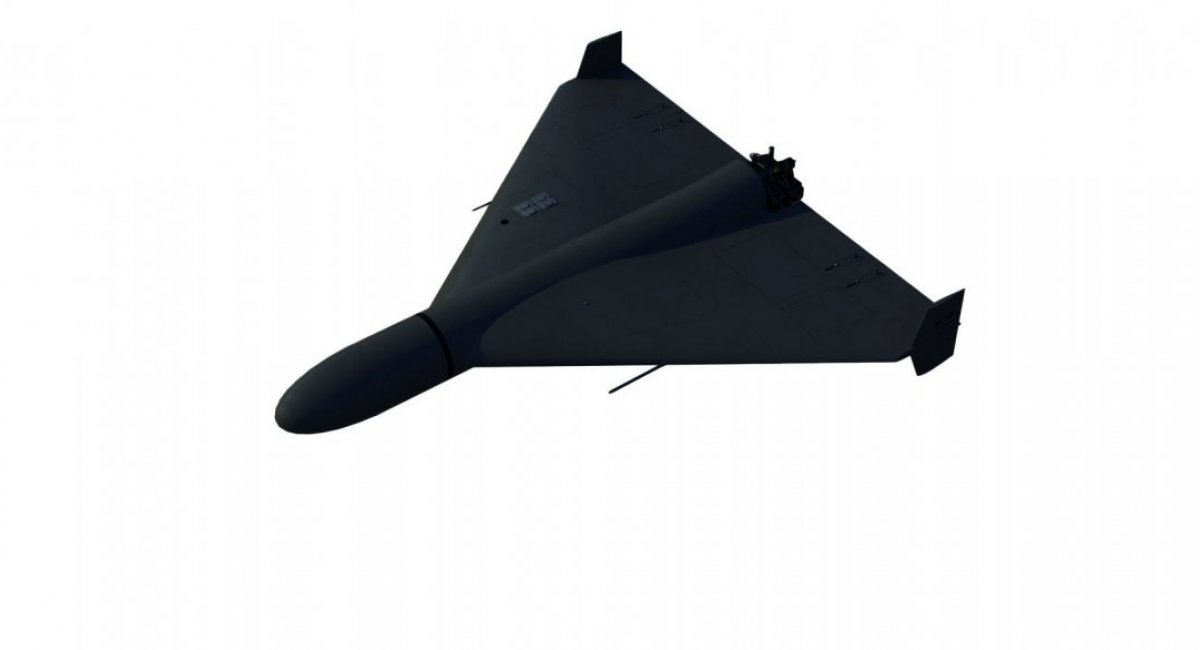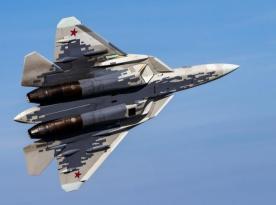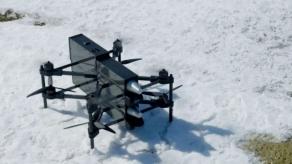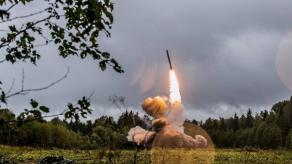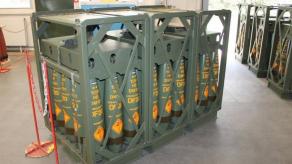russia has found in Shahed drones an effective and convenient mass-strike weapon system that has already become its mainstay. The enemy is now capable of stockpiling hundreds of these drones in a short time and launching nearly 300 Shaheds at once, often accompanied by decoy UAVs.
This is no longer just about numbers. These drones now deliver more total explosive weight than missiles during combined attacks. Despite having smaller individual warheads (50 to 90 kilograms compared to the 400 to 500 kilograms carried by cruise or ballistic missiles), the overwhelming quantity of Shaheds in a single wave more than compensates for the difference.
Read more: Exclusive: russians Arm Shahed-136 With New 90-kg Combined-Action Warheads
For example, during the June 17 overnight attack targeting Kyiv, the Ukrainian Air Force Command reported that russia launched approximately 280 Shahed drones, accompanied by 160 long-range UAVs used as decoys. The drone swarm was supported by two Kh-47M2 Kinzhal ballistic missiles, 16 air-launched Kh-101 cruise missiles, four Kalibr sea-launched cruise missiles, and nine guided Kh-59 or Kh-69 missiles.
In total, the warheads delivered by missiles amounted to roughly 12 tons. In contrast, the Shahed drones carried around 14 tons of explosives if fitted with 50-kg warheads, or up to 20 tons if half of them carried 90-kg warheads. This means the drones alone were responsible for delivering the majority of the explosives used in the strike.
During the large-scale combined attack on the night of June 9–10, russia launched approximately 10 tons of warheads via missiles and an estimated 27.5 to 38.5 tons using drones, depending on the likely proportion of decoys and warhead configurations. This reflects not just a shift, but a multiple-fold increase in explosive delivery.
It is also important to understand that russia no longer disperses its drone strikes across numerous targets. Instead, it concentrates them, directing dozens of drones at a single object. Even with a 90% interception rate for Shaheds, if 50 drones are launched at one location, about five will get through. That results in a payload of roughly 250 to 450 kilograms of explosives reaching the target.
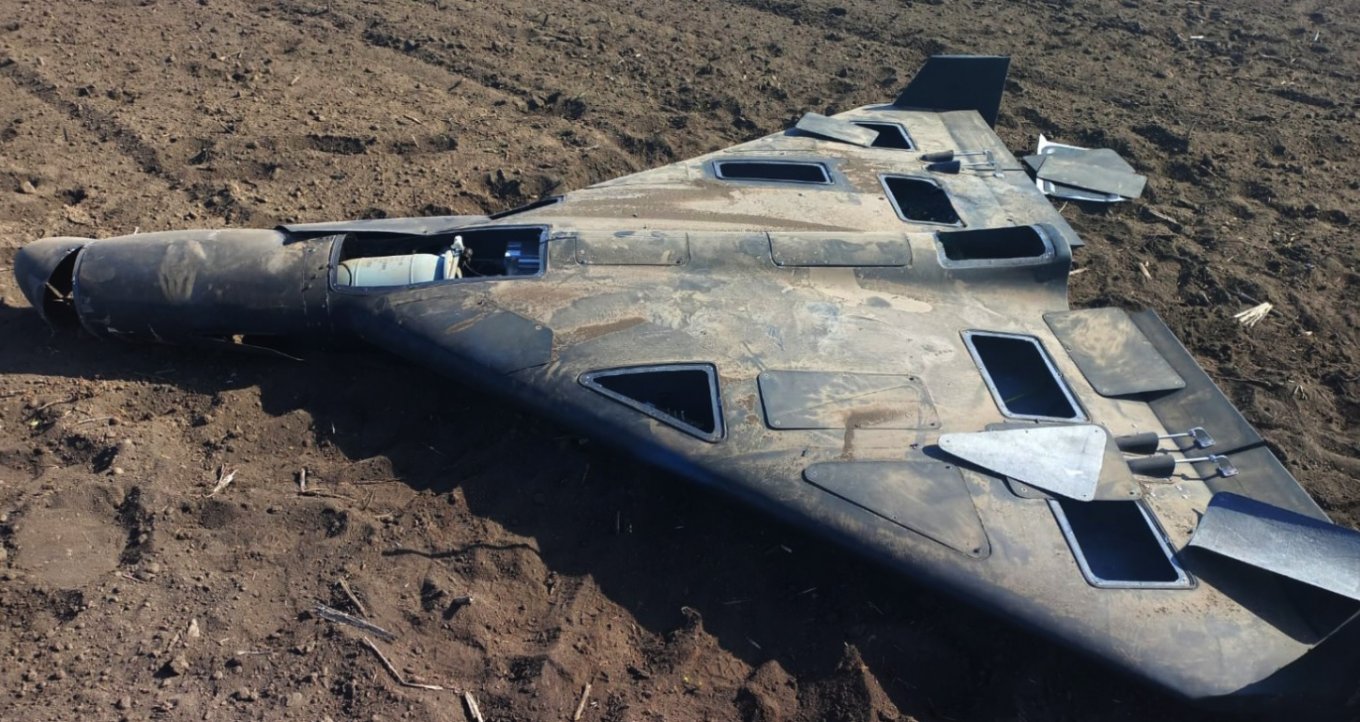
Meanwhile, despite accelerating production, russia only manages to assemble a few long-range missiles per day. In contrast, it manufactures up to 100 Shaheds daily. According to Ukraine’s Defense Intelligence, by late May 2025, monthly production of Shahed-136 drones (Geran-2 and Harpy variants) had reached 2,700 units — an average of 90 per day. These are supplemented by a similar number of decoy drones, including the Parody and Gerbera types.
The unit cost of a typical Geran-2, previously estimated at $193,000 in 2023, is now less relevant. What matters more is the ultra-short production cycle. This allows russia to accumulate hundreds of drones within just a few days for a massive strike. Furthermore, production rates are still increasing, with the potential for additional manufacturing lines to be established in North Korea.
This makes the threat and the trajectory of russia’s long-range drone warfare unmistakably clear. Warnings that russia intends to use Shaheds to devastate Ukraine, such as the recent statement by defense analyst Serhii Flash Beskrestnov, are not alarmist, but well-founded.
Read more: russian Jet-Powered Drone Hits Kyiv: Avionics and Engine Point to Geran-3 Based on Shahed-238




